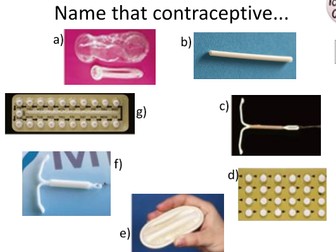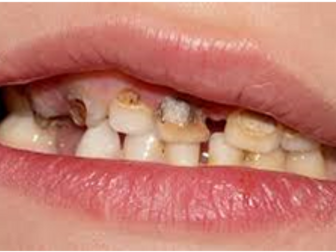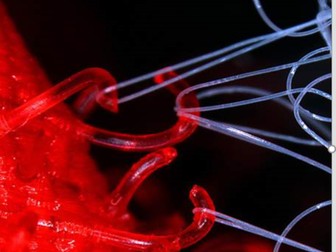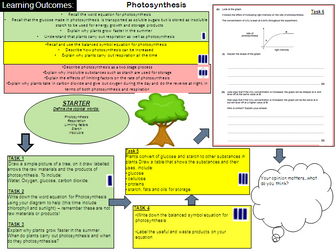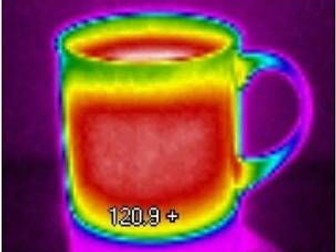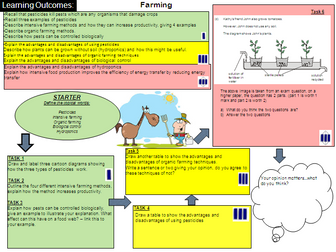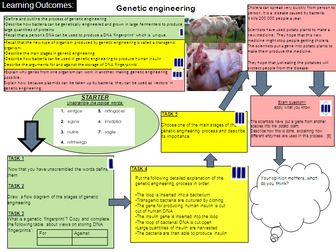Contraception - hormonal and non-hormonal methods
For new OCR (1-9) Biology B1. <br />
HA and LA students have used this. Overview of all types of contraception. Slides 4-13 can be printed 1 page to a sheet and students work in tables to sort them into hormonal and non-hormonal methods. I then got students to choose one method from each category and list the pros and cons, using the sheet to guide them. They the answer the 6 Mark q.<br />
Marks for identifying 1 hormonal method and a make for giving an advantage and a third for a disadvantage, 3 more for doing the same for a non hormonal method.
